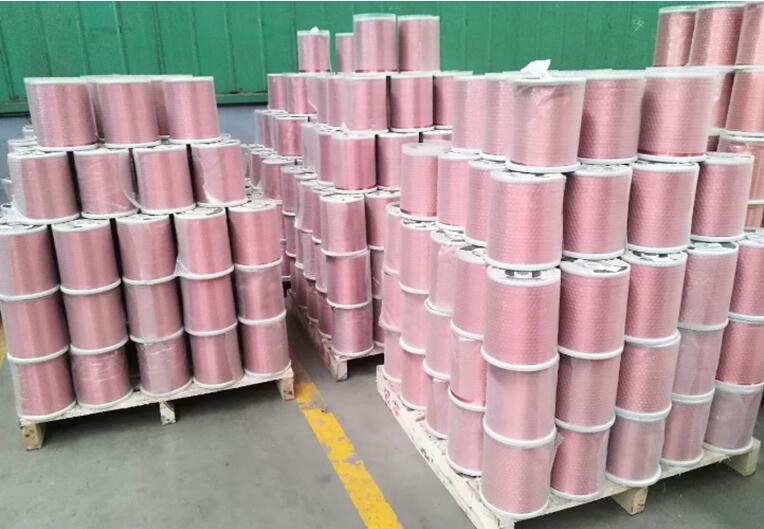Because the main function of copper clad aluminum wiring is to transmit signals, the current flowing through it is very small. However, since the conductivity of aluminum is only 2/3 of that of copper, national standards stipulate that all wires and cables used for transmitting electrical energy must use uncoated or metallised annealed copper wires as conductors. It is prohibited to use aluminum wires (including copper-clad aluminum). Wire) as a conductor.
Copper clad aluminum wiring according to the copper layer volume ratio (10%, 15%, 20%) and soft and hard states (soft state A, hard state H) of different categories
| Type | Explain | Rate |
| 10A | Soft copper-clad aluminum wire with a copper layer volume ratio of 10% | 10% |
| 10H | Hard copper-clad aluminum wire with a copper layer volume ratio of 10% | 10% |
| 15A | Soft copper-clad aluminum wire with a copper layer volume ratio of 15% | 15% |
| 15H | Hard copper-clad aluminum wire with a copper layer volume ratio of 15% | 15% |
| 20A | Soft copper-clad aluminum wire with a copper layer volume ratio of 20% | 20% |
| 20H | Hard copper-clad aluminum wire with a copper layer volume ratio of 20% | 20% |
The copper clad aluminum wiring should be composed of an aluminum core and a continuous outer copper layer. The copper layer should be fully combined with the core wire. The quality of copper clad aluminum wire shall meet the requirements of this standard.
Product quality appearance
Copper clad aluminum wire should be free of dents, cracks, exposed aluminum, or other defects that are inconsistent with good industrial practice.
For copper-clad aluminum wires with a diameter of 0.0720 inches (1.829mm) and above, the surface finish inspection shall be performed with the naked eye (normal glasses are also possible). For copper clad aluminum wires with a diameter of less than 0.0720 inches, the surface finish inspection shall be carried out without magnification of more than 10 times.












